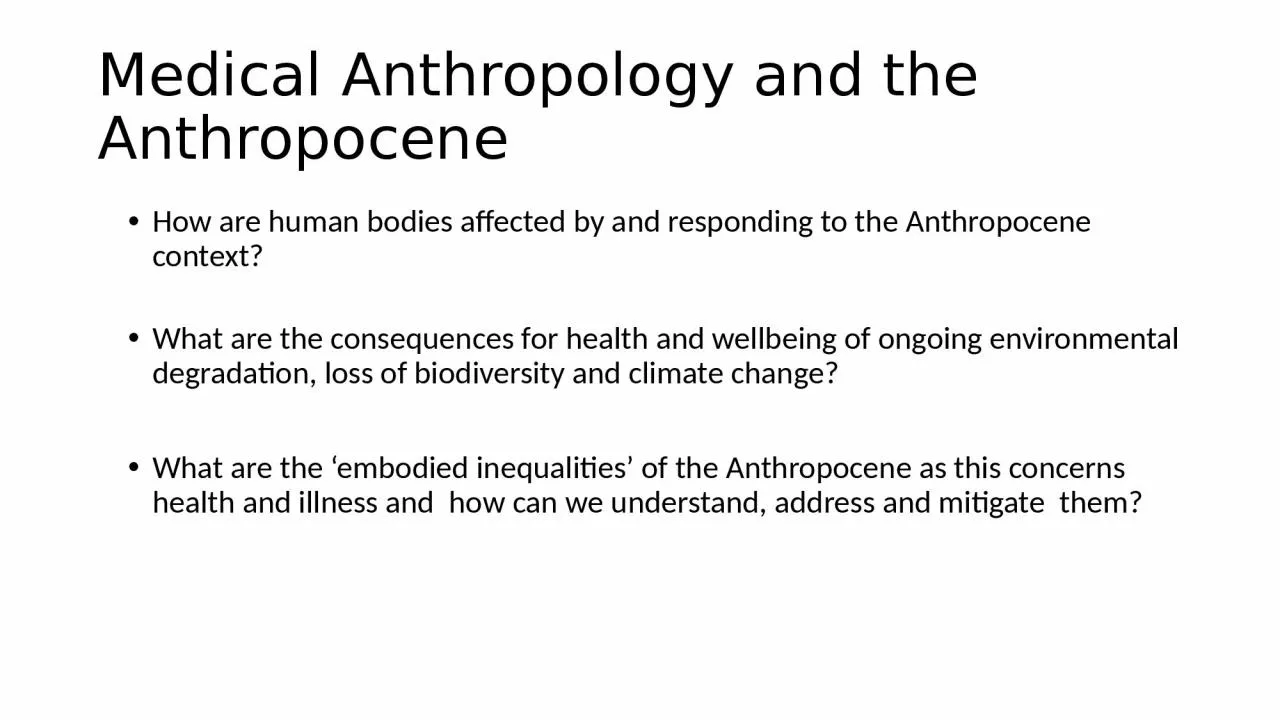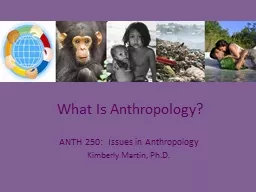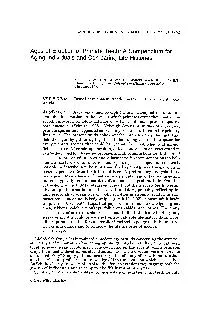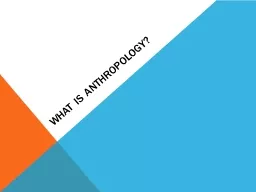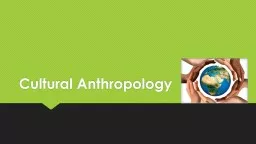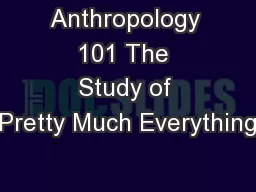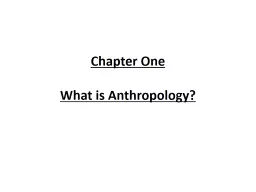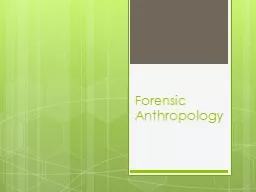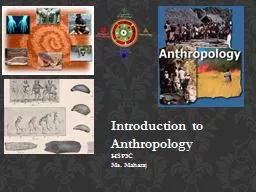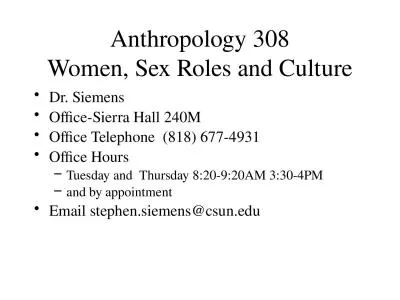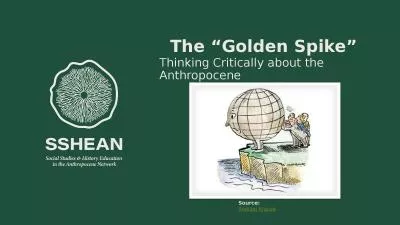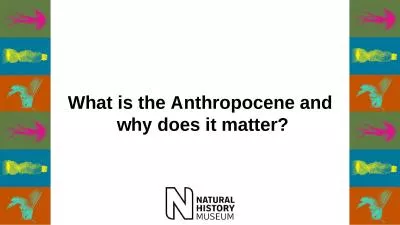PPT-Medical Anthropology and the Anthropocene
Author : BraveBlackbird | Published Date : 2022-08-03
How are human bodies affected by and responding to the Anthropocene context What are the consequences for health and wellbeing of ongoing environmental degradation
Presentation Embed Code
Download Presentation
Download Presentation The PPT/PDF document "Medical Anthropology and the Anthropocen..." is the property of its rightful owner. Permission is granted to download and print the materials on this website for personal, non-commercial use only, and to display it on your personal computer provided you do not modify the materials and that you retain all copyright notices contained in the materials. By downloading content from our website, you accept the terms of this agreement.
Medical Anthropology and the Anthropocene: Transcript
Download Rules Of Document
"Medical Anthropology and the Anthropocene"The content belongs to its owner. You may download and print it for personal use, without modification, and keep all copyright notices. By downloading, you agree to these terms.
Related Documents

